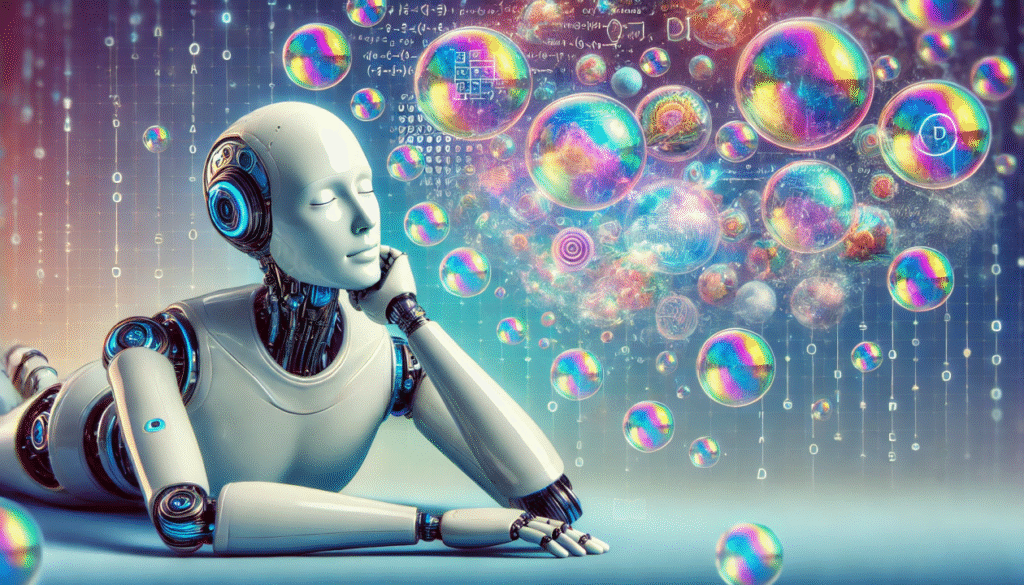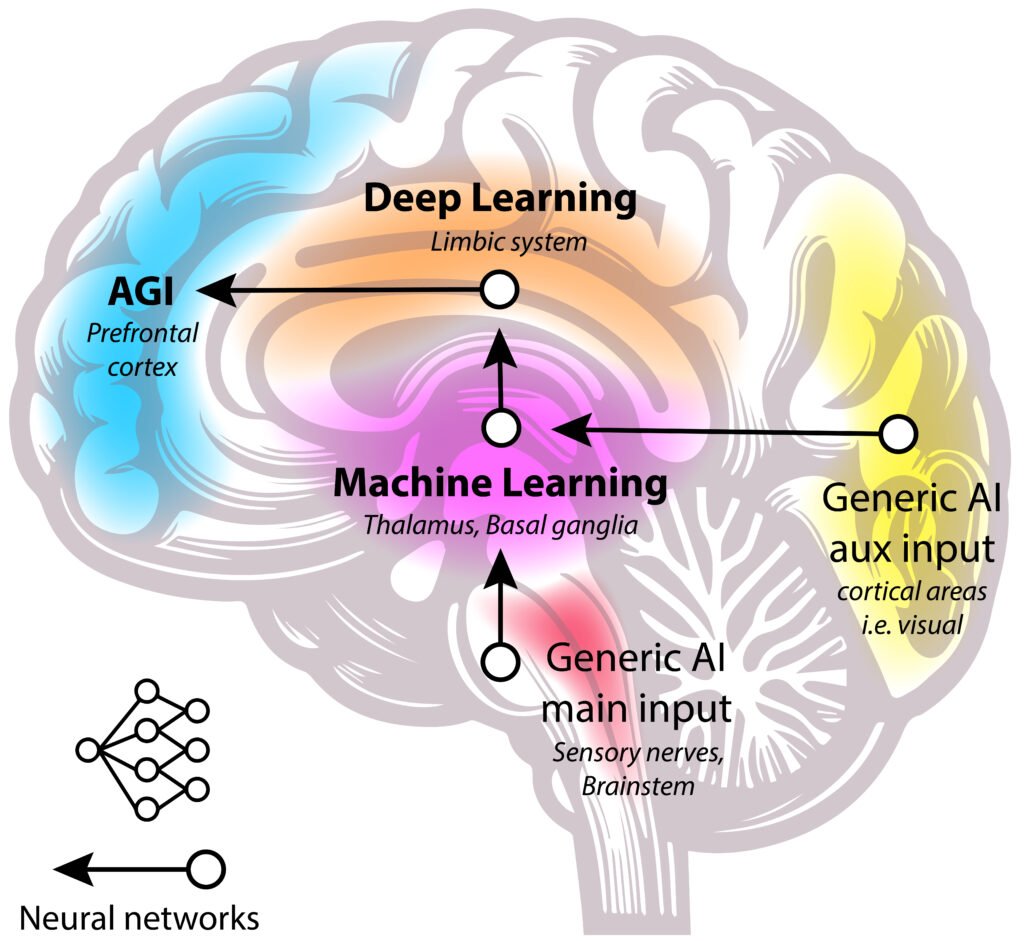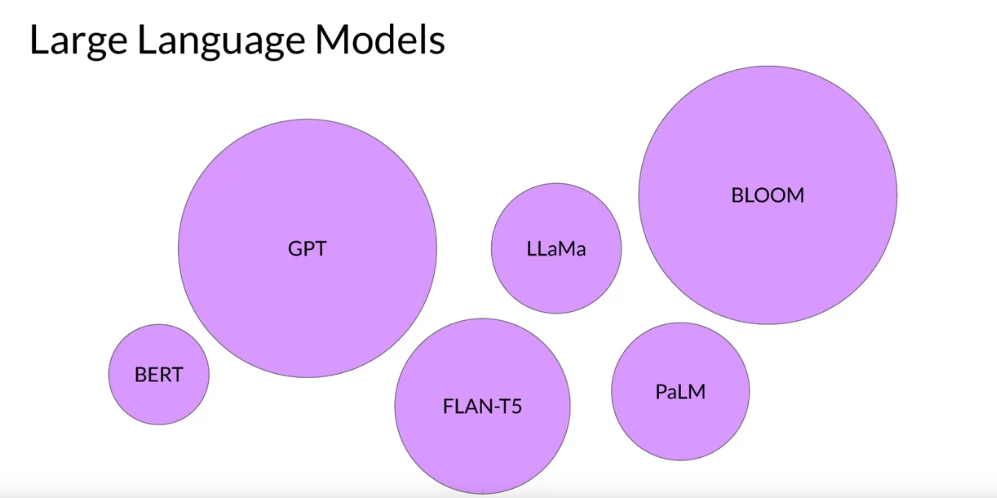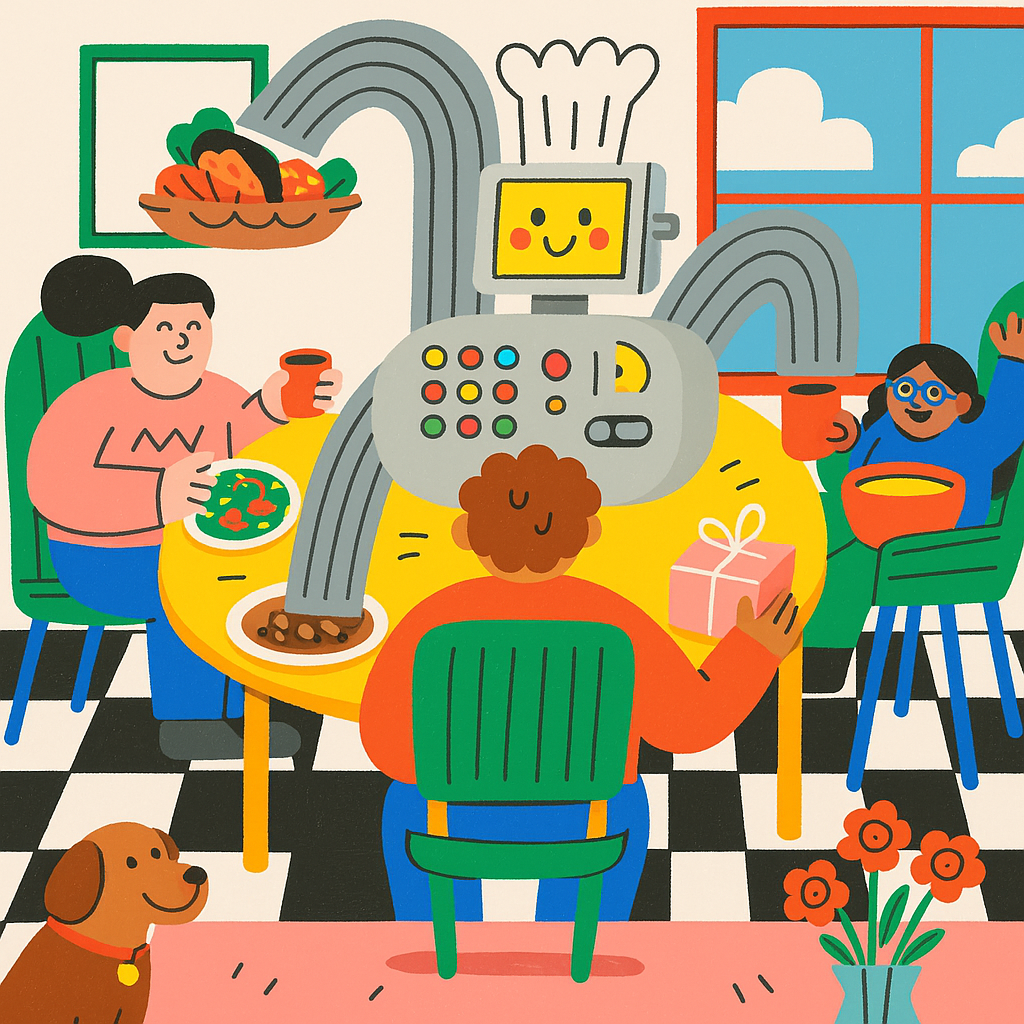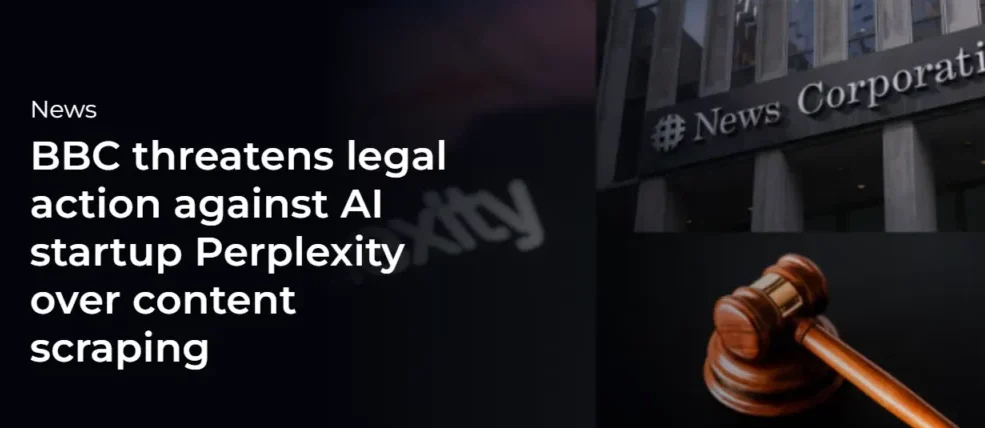Mattel x OpenAI: How AI Toys for Kids Could Transform Playtime (Or Wreck It)
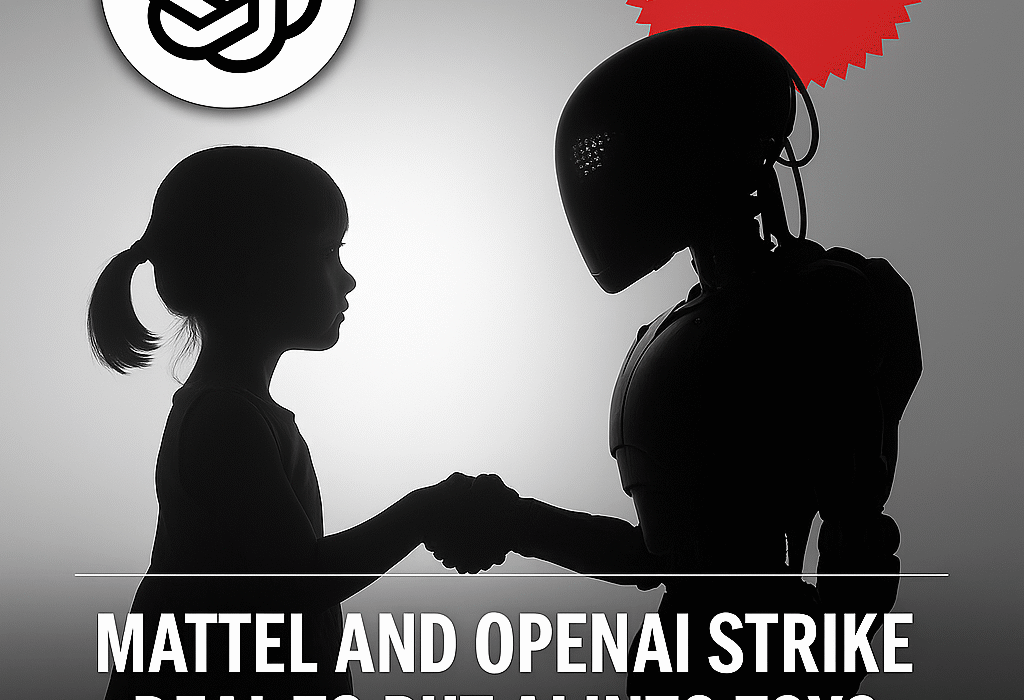
The Toy Industry’s AI Revolution Has Begun
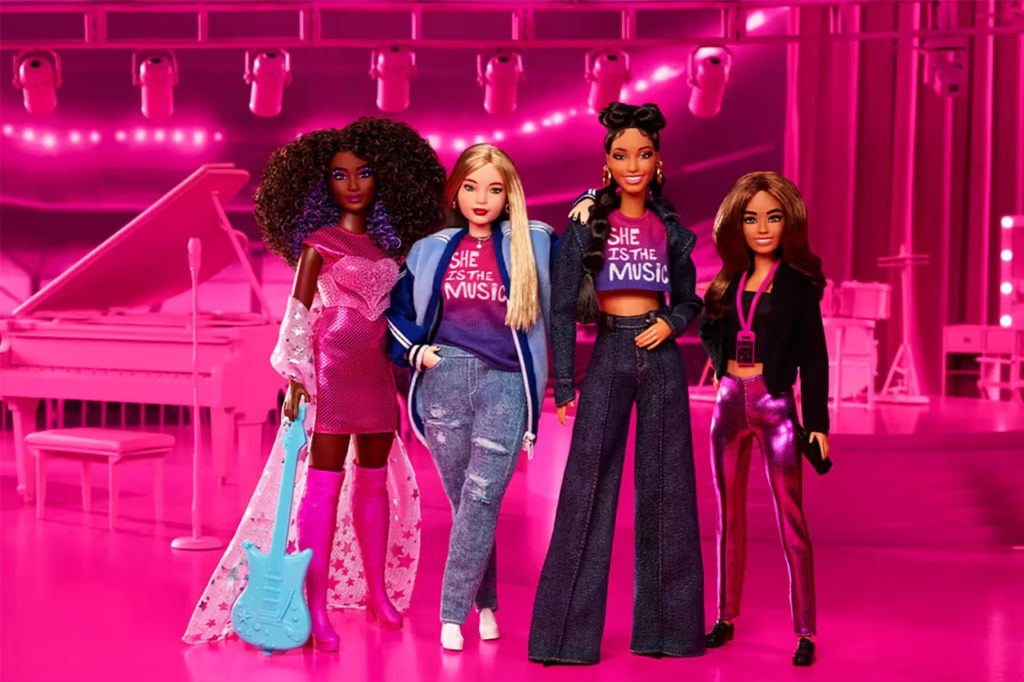
What happens when the world’s most iconic toy company partners with the world’s most powerful AI company?
You get AI toys for kids—smarter, more interactive, and possibly game-changing… or game-wrecking.
In a bold move, Mattel has teamed up with OpenAI to reimagine toys, games, and even theme parks with artificial intelligence. The announcement was confirmed by OpenAI COO Brad Lightcap, who hinted that AI-powered versions of UNO, Barbie, Hot Wheels, and more are already in the pipeline.
And this isn’t just a gimmick. The first wave of these AI toys is expected to hit the market by the end of 2025.
What Exactly Are “AI Toys for Kids”?
At a high level, AI toys are playthings embedded with artificial intelligence capabilities—like voice recognition, language understanding, learning behaviors, or even emotional responses.
Imagine:
- A Barbie that remembers your child’s dreams and aspirations
- A Magic 8 Ball that holds an actual conversation
- A Hot Wheels car that teaches STEM concepts as it races
These are not just toys—they’re AI companions.
Mattel has confirmed they are using ChatGPT internally to brainstorm ideas, automate scripts, and develop toy interaction logic. This shows how foundational AI will be—not just for playtime, but for the entire creative pipeline.
Why This Move Is a Big Deal
The focus keyword AI toys for kids isn’t just a marketing line—it’s the new frontier of educational technology, emotional engagement, and brand reinvention.
Here’s why this partnership could rewrite the rules of childhood development and tech ethics:
| Area | Traditional Toys | AI-Powered Toys |
|---|---|---|
| Engagement | One-way interaction | Two-way conversations |
| Learning | Fixed skills | Adaptive & responsive |
| Emotions | Pretend empathy | Simulated emotional intelligence |
| Longevity | Gets boring over time | Learns & evolves with the child |
This isn’t just about adding tech. It’s about embedding intelligence into imagination.
Will AI Toys Be Safe for Kids?
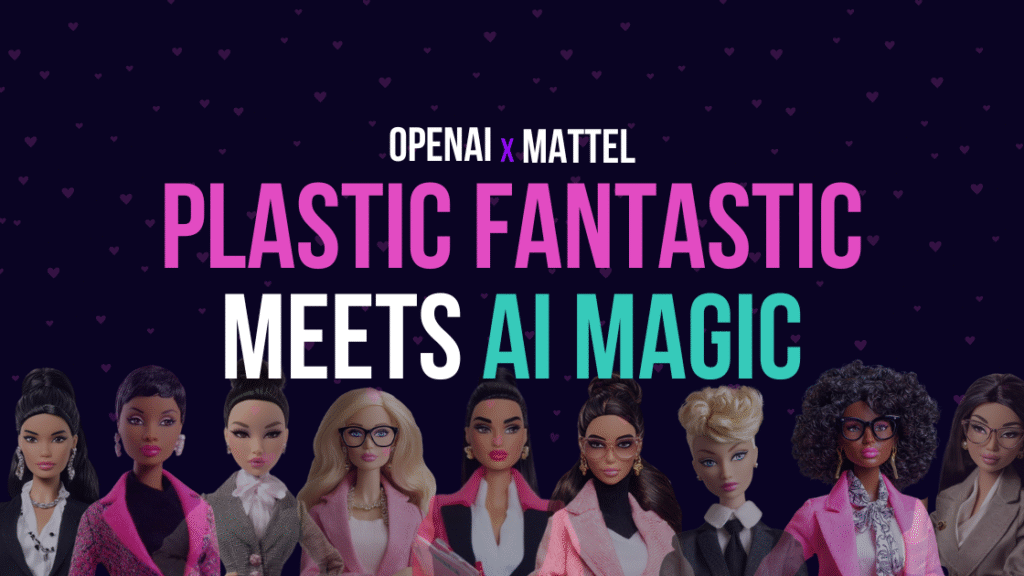
Mattel has assured that safety, privacy, and creativity will be top priorities.
But let’s be honest—there are serious concerns when it comes to AI and children:
1. Data Privacy
Will these toys collect your child’s voice, preferences, or behavior? If yes, where is that data stored, and who owns it?
2. Emotional Dependence
If a toy becomes a child’s go-to for conversation or comfort, could it reduce real social interaction?
3. Manipulative Learning
What if AI subtly influences how your child thinks, plays, or feels, based on brand goals or algorithmic optimization?
4. Lack of Regulation
Right now, there are no global standards on AI toys. Should a 6-year-old be talking to an AI that mimics human reasoning?
How Could Mattel Use AI in Its Top Brands?
Barbie
- Career mentor mode: Barbie suggests future paths based on your child’s interests.
- Therapy mode: Talks through problems and encourages emotional expression.
- Interactive memory: Remembers names, birthdays, preferences.
Hot Wheels
- Real-time narration: Describes stunts, scores, or racing logic.
- STEM learning: Explains physics behind each jump or crash.
- Multiplayer AI: Your kid races an intelligent opponent.
UNO & Magic 8 Ball
- Game logic AI: An UNO card reader that suggests optimal moves.
- Voice-driven 8 Ball: Actually discusses outcomes and decisions like a mini-therapist.
Thomas & Friends
- Story Mode: AI-powered storytelling based on the child’s mood.
- Lessons in empathy: Teaches conflict resolution via interactive dialogue.
The Tech Behind It: What Might Power These Toys?
LSI Keywords Used: AI in toys, smart toys for kids, OpenAI toys, ChatGPT in toys, future of playtime, AI-powered learning toys
These toys will likely use:
- ChatGPT or GPT-4-turbo (custom-trained for child-safe dialogue)
- Speech-to-text and natural language processing
- Edge AI chips for local processing (to improve privacy)
- Voice authentication to differentiate between users
- Cloud integrations for updates and parental controls
This tech stack allows Mattel to blend offline play with online intelligence—the perfect sweet spot.
How Will Mattel Monetize AI Toys?
- Subscription Models
Barbie’s “career mode” or Thomas’s bedtime stories could be locked behind monthly subscriptions. - In-Toy Purchases
Buy voice packs, unlock new personalities, or upgrade story arcs. - Data-as-a-Service
If ethically allowed, behavioral data could be used for market research, product development, and more. - AI Toys in Theme Parks
Mattel is even exploring AI-driven rides and characters in its Adventure Parks. Imagine meeting a live-speaking Barbie at scale.
What Parents Need to Watch Out For
✔ Always check:
- Whether the AI toy connects to the internet
- If it stores recordings
- How long data is kept
- Whether it supports parental overrides
- If the AI provides disclaimers when answering complex questions
Consider AI toys as a new category—part learning device, part friend, part risk.
Play Has Entered a New Era
The Mattel x OpenAI partnership isn’t just a PR play—it’s a glimpse into the future of childhood.
It raises essential questions:
- Will AI enhance or hijack creativity?
- Can we balance innovation with ethics?
- Should toys become smarter—or are kids smart enough already?
Whatever side you’re on, one thing is clear:
The future of toys is no longer plastic—it’s programmable.
Want more deep dives like this?
Join 5,000+ readers of AI-Cimplified, where we decode the future of AI tools, products, and trends.
Subscribe for free





